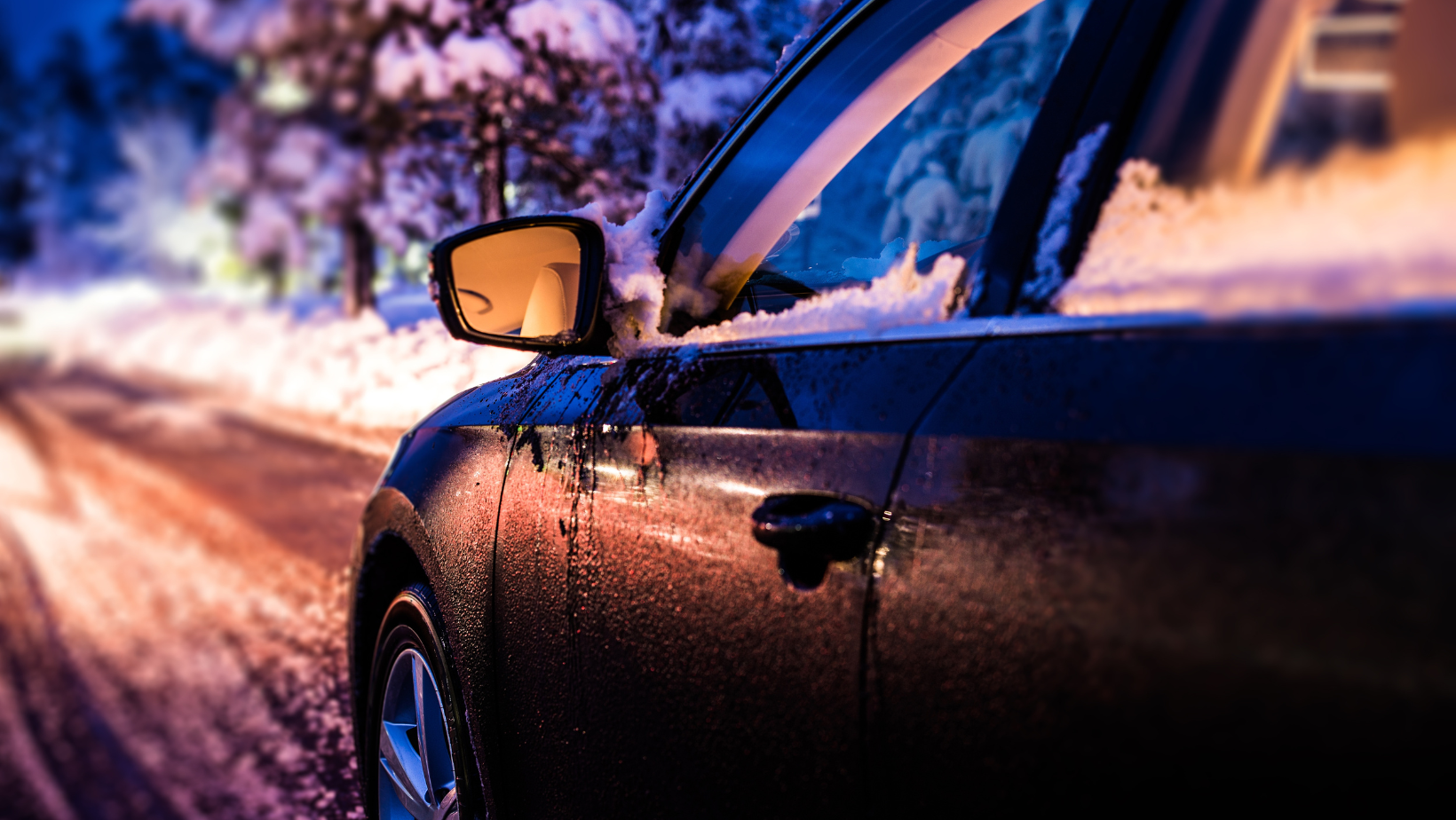With the unpredictable winter weather now upon us, it’s important that you and your vehicle are ready for whatever weather is thrown your way.
The Canadian Automobile Association (CAA) has compiled a list of recommendations to help prepare you for winter driving and vehicle maintenance. Continue reading for a helpful tips and ideas to stay safe this winter.
Give your vehicle a checkup – this can be done by a professional or by yourself, if you know what to look for. Typically, this will include checking to make sure each of the following features are properly functioning:
- The battery
- The ignition system
- The tires
- The lights
- The brakes
- The windshield wipers
- The fluids
Plan for extra driving time – add about 15 minutes to your estimated driving time to account for additional traffic from winter weather.
Let others know your itinerary and route – if something were to happen, like a sudden snowstorm, the people you are meeting or leaving will know the route you were taking and will be able to help you if needed.
Carry a charged cell phone – if the battery is dead in your vehicle and your phone is dead, you will not be able to charge it. Always make sure that it is charged so that you’ll be able to make a call if you require assistance.
Keep your wiper fluid full – keep extra wiper fluid in your vehicle to ensure you are able to fill up when it gets low and that you always have the best possible visibility.
Keep your gas tank at least half full – this will help prevent your gas line from freezing in the cold Canadian winter temperatures.
Don’t rely on GPS – as we all know, technical difficulties do arise from time to time. Print out the directions to your location or carry a map in your vehicle in case something occurs and you are not able to use your GPS or cell phone for navigation.
Consider putting on winter tires – the combination of rubber and the unique tread and siping design of winter tires provides up to 50% more traction than all-season tires. Don’t forget – if you have winter tires on your vehicle, you can contact your account manager for a possible winter tire discount on your auto insurance.
Keep an emergency kit in your vehicle – it’s impossible to prepare for everything. However, it is highly recommended that the following items are included in your vehicle emergency kit in case the unexpected does occur:
- Flashlight (crank type is best as batteries may not last long in cold temperatures)
- Battery jumper cables
- Some type of abrasive material (sand, kitty litter, etc.)
- Warm winter clothes (hat, gloves, boots, scarf, socks)
- Warm blanket
- First aid kit
- Small tool kit (screwdriver, hammer, pliers)
- Snow brush and scraper
- Small shovel
- Bottles of water
- Snacks that won’t spoil
- Matches
- Windshield wiper fluid
- Gas line anti-freeze
- Tissues/paper towels
- Portable phone charger
- Reflective clothing, safety triangles or flares
- A whistle
- Tow rope or chain
